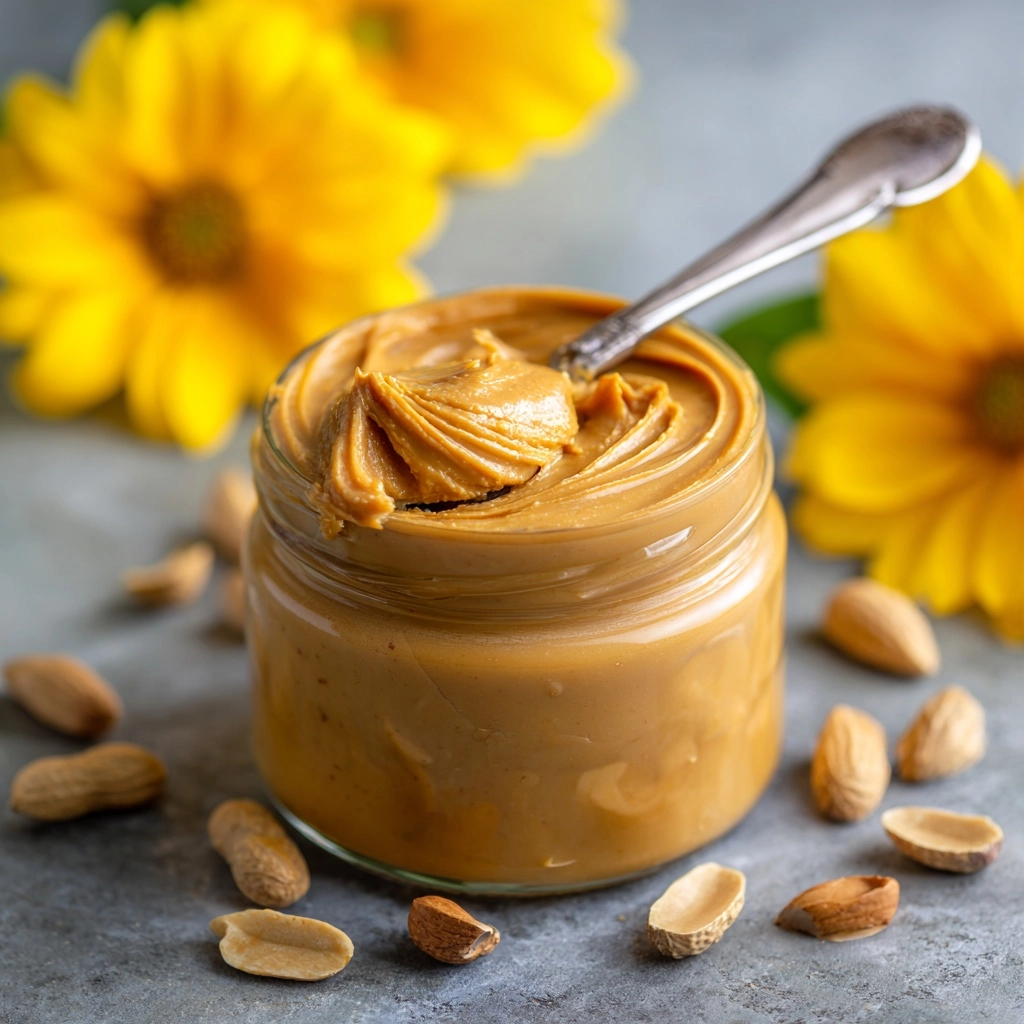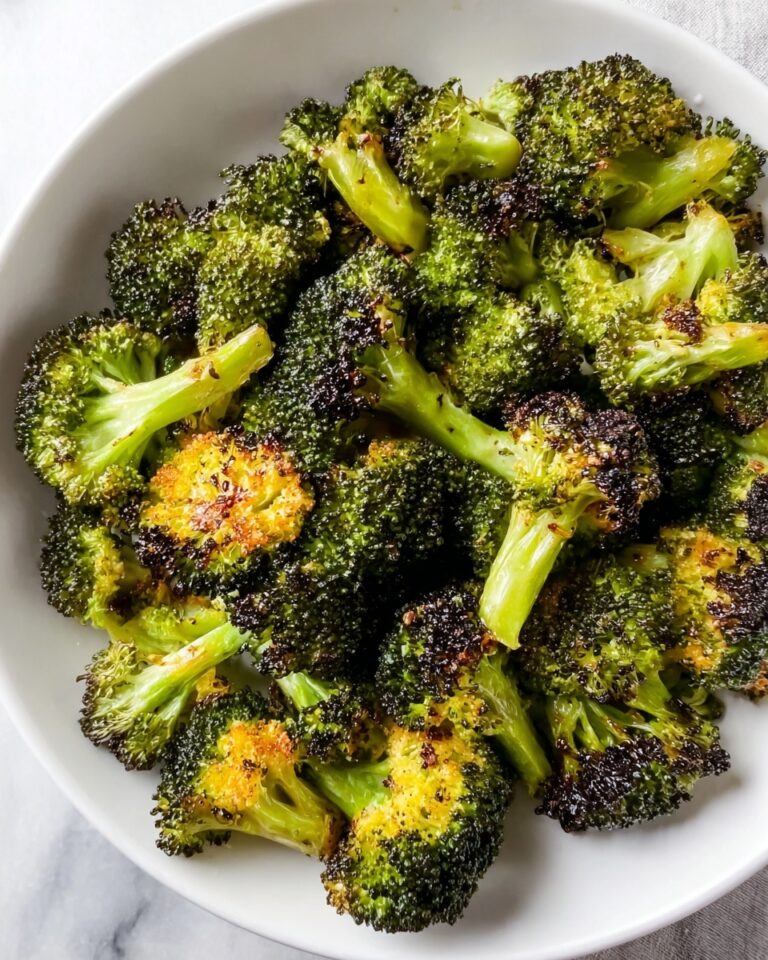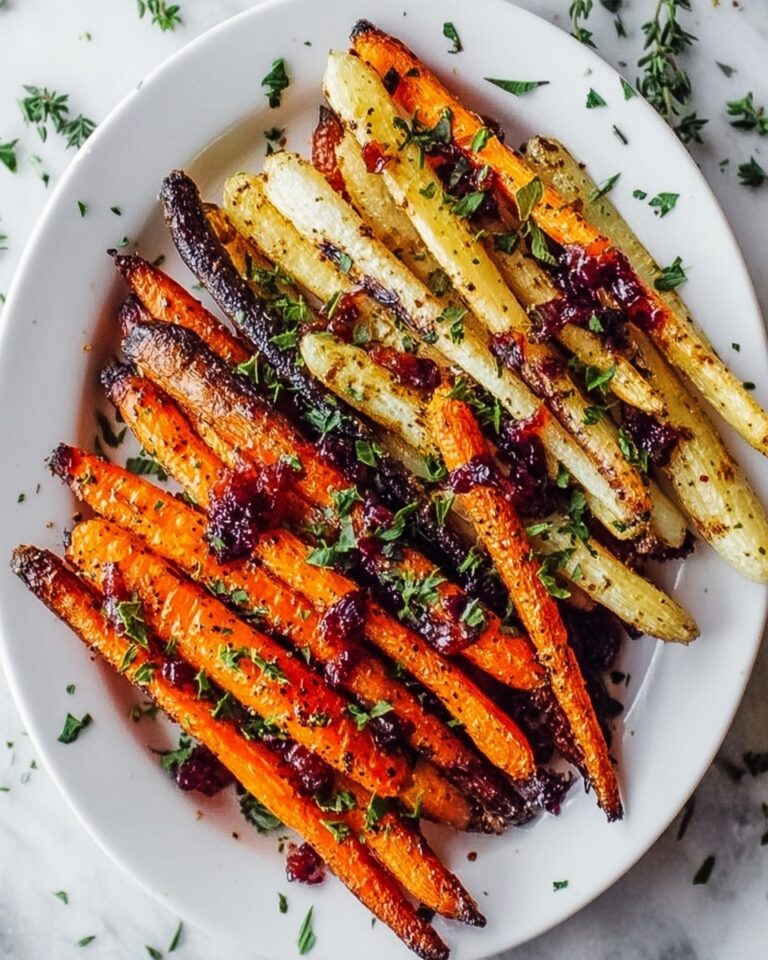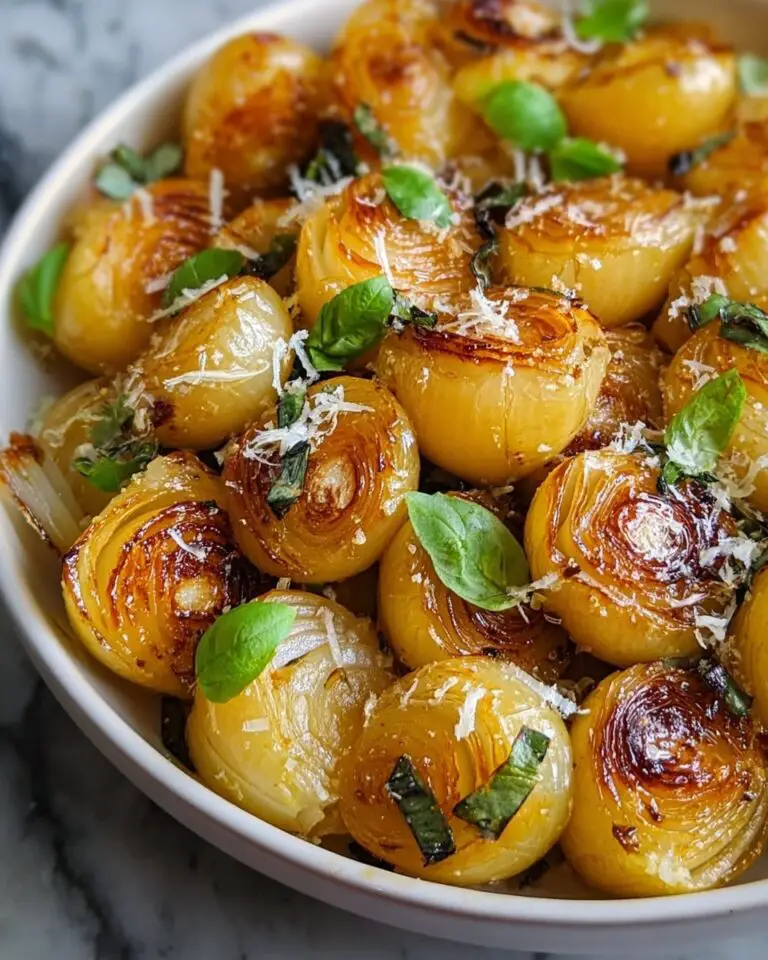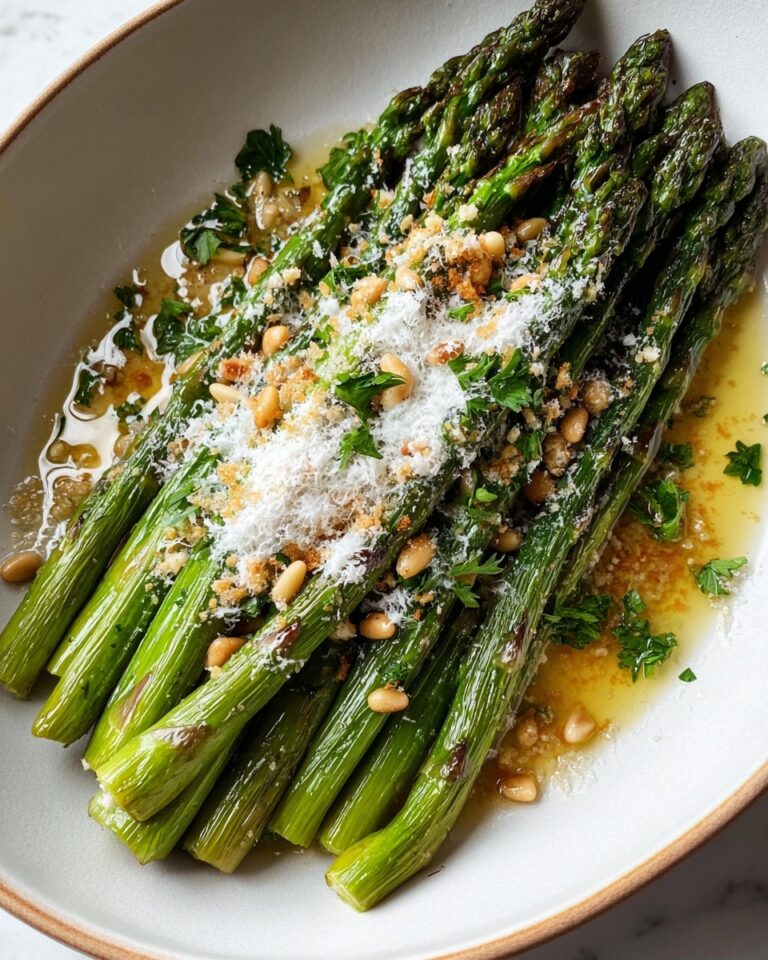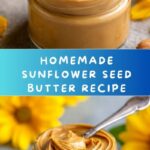Meet your new pantry hero: Sunflower Seed Butter. This homemade spread is creamy, subtly sweet, and totally nut-free, making it perfect for anyone with allergies or simply looking to shake up their snack game. With a short ingredient list and an even shorter prep time, you’ll want to slather this irresistibly silky butter on everything from toast to fruit and even swirl it into smoothies. Once you make this, you may never want to buy the store-bought stuff again!
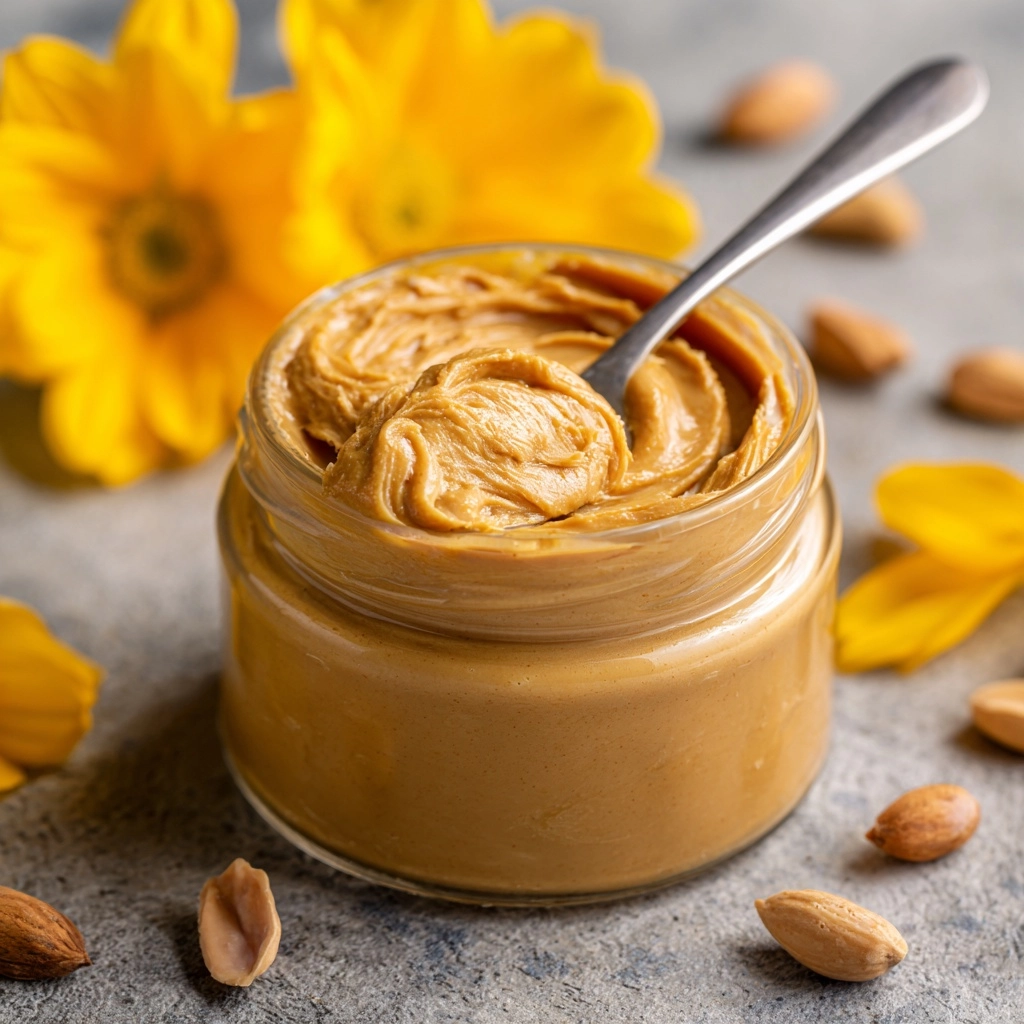
Ingredients You’ll Need
Creating sensational Sunflower Seed Butter begins with just a handful of pantry staples, each playing an important role in crafting that smooth, luscious texture and rich, warm flavor. Every ingredient truly deserves its place in the recipe—let’s break down why each one matters.
- Raw sunflower seeds: These are the backbone of the butter, providing that roasted, nutty flavor and creamy base once blended.
- Neutral oil (such as sunflower or vegetable oil): Just a touch brings the seeds together into a silky, spreadable consistency.
- Salt (optional): A pinch really brightens up the flavor, making every bite more craveable.
- Honey or maple syrup (optional, for sweetness): For those who like a just-sweet-enough finish, this step takes the sunflower seed butter from good to downright dreamy.
How to Make Sunflower Seed Butter
Step 1: Roast the Sunflower Seeds
Start by preheating your oven to 350°F (175°C). Spread the sunflower seeds in a single layer on a baking sheet. Roast them for about 10 to 12 minutes, tossing halfway through. The seeds should turn fragrant and sport a lovely light golden color. This simple roasting step coaxes out deeper flavors and ensures your sunflower seed butter is rich and aromatic.
Step 2: Cool and Prep the Seeds
After roasting, let the seeds cool for a few minutes; this helps preserve the natural oils and prevents them from overheating your food processor. Slightly warm seeds blend more easily, so don’t let them cool completely. Get your food processor ready for the magic!
Step 3: Blend the Seeds
Transfer the roasted seeds to your food processor. Pulse to break them up, then blend continuously for 8 to 10 minutes. The seeds will first become gritty, then start clumping into a ball, and finally transform into a lush, creamy spread. Don’t forget to stop and scrape down the sides occasionally—patience pays off here!
Step 4: Add Oil, Salt, and Sweetener
Once the mixture starts to smooth out, gradually drizzle in the oil. This step lets you control how thick or runny your sunflower seed butter will be. In the final minute, blend in the salt and honey or maple syrup if using. Taste and adjust—this is your custom creation, after all!
Step 5: Store and Enjoy
Scoop your finished sunflower seed butter into a clean glass jar. Store it in the refrigerator, where it will stay fresh for up to three weeks. Get ready to use it on everything from your morning toast to an evening snack board.
How to Serve Sunflower Seed Butter
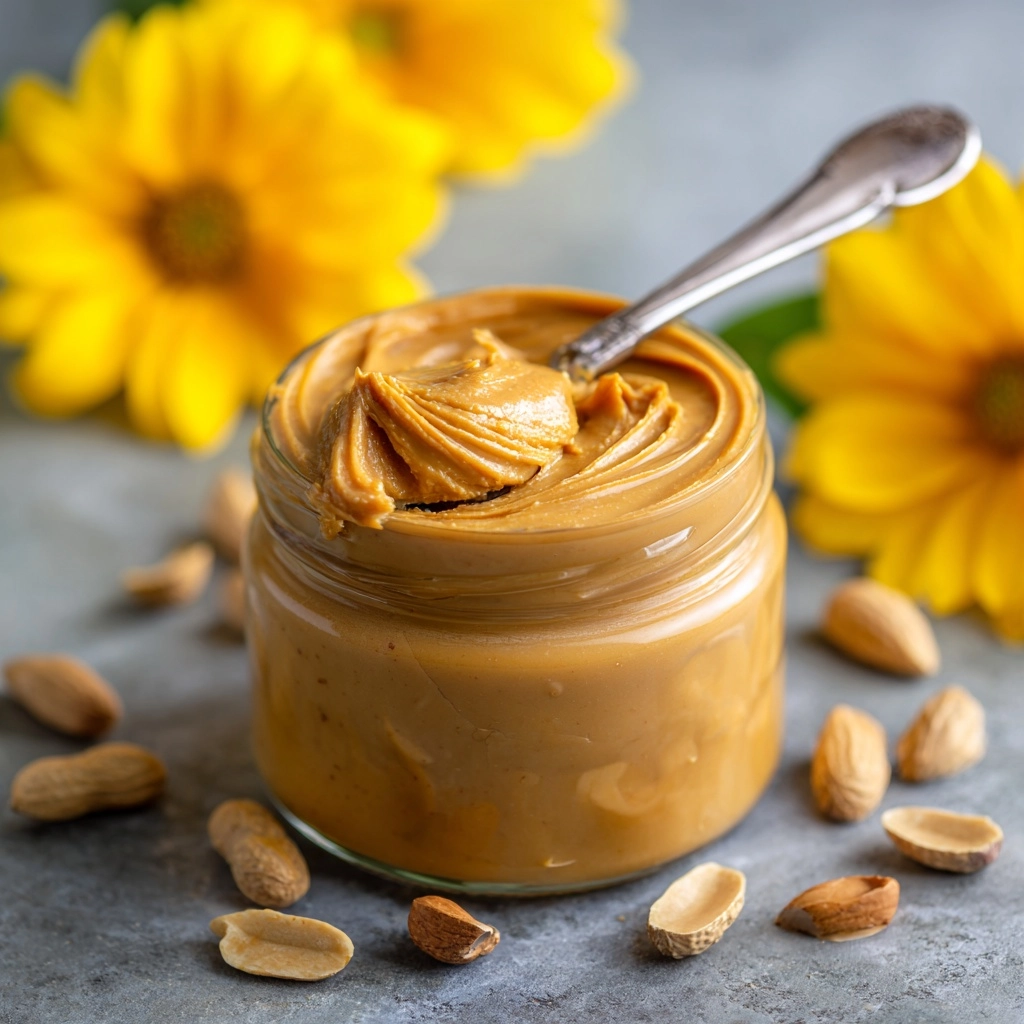
Garnishes
Dress up your sunflower seed butter with a sprinkle of flaky sea salt, a drizzle of honey, or even a dusting of cocoa nibs for a little crunch. If you’re feeling extra, try swirling in a dollop of fruit jam or a handful of toasted seeds to make each bite interesting.
Side Dishes
There’s no wrong way to enjoy this spread alongside your favorite bites. Pair it with sliced apples, pears, or celery sticks for a quick snack, or serve beside warm, fresh bread and pancakes at brunch. It also shines when spooned over hot oatmeal or overnight oats for a nutty protein boost.
Creative Ways to Present
Sunflower seed butter’s versatility means it can go far beyond just toast. Use it as a dip with pretzels or rice cakes, swirl it into yogurt parfaits, or sandwich it between soft cookies for a fun twist on the classic sandwich cookie. For bonus points, drizzle melted sunflower seed butter over popcorn for a sweet-salty treat that disappears fast!
Make Ahead and Storage
Storing Leftovers
Transfer your sunflower seed butter to an airtight container or glass jar. Pop it in the refrigerator, where it will stay fresh, creamy, and delicious for up to three weeks. If separation occurs, just give it a good stir—it’s all natural!
Freezing
Got a bigger batch? You can absolutely freeze sunflower seed butter. Simply spoon it into a freezer-safe container, leaving a bit of space at the top for expansion. It will keep for up to three months. Let it thaw in the fridge before using and stir well for best texture.
Reheating
If your sunflower seed butter thickens slightly in the fridge, just let the jar sit at room temperature for a bit. For a creamier texture, you can warm it in the microwave (without the lid) for 10 to 15 seconds—just enough to loosen it up. Stir before spreading!
FAQs
Can I make sunflower seed butter without a food processor?
While a high-powered food processor works best, you can also use a powerful blender. Just be sure to pause frequently to scrape down the sides and prevent overheating. Smaller mini-processors may struggle to achieve that silky texture, so patience is key!
What oils work best for sunflower seed butter?
Neutral-flavored oils like sunflower, vegetable, or light grapeseed oil are perfect. Olive oil has a distinct taste and may overpower the butter, so stick with something mild for a classic flavor.
How do I make chocolate sunflower seed butter?
It’s so easy to make a chocolatey version! Simply blend in one tablespoon of unsweetened cocoa powder with your salt and sweetener in the final minute. Give it a taste—add a touch more sweetener if you love a dessert-like finish.
Does homemade sunflower seed butter need to be refrigerated?
Yes, for the freshest flavor and longest shelf life, store your sunflower seed butter in the fridge. Because it doesn’t have preservatives like store-bought versions, keeping it cool helps prevent spoilage and separation.
Is sunflower seed butter safe for people with nut allergies?
Absolutely! Sunflower seed butter is completely nut-free, making it an awesome choice for anyone with tree nut allergies. Just be sure your seeds are processed in a nut-free facility if cross-contamination is a concern.
Final Thoughts
If you’ve never made your own sunflower seed butter before, prepare to be amazed by how easy and delicious it is. There’s something so satisfying about customizing your spread to suit your tastes and knowing exactly what’s inside. Give it a try—you might just make this classic a staple in your kitchen for years to come!
Print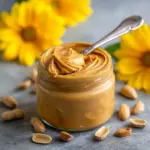
Sunflower Seed Butter Recipe
- Prep Time: 5 minutes
- Cook Time: 10 minutes
- Total Time: 15 minutes
- Yield: 1 cup
- Category: Spread
- Method: Blending
- Cuisine: American
- Diet: Vegetarian
Description
Learn how to make your own creamy Sunflower Seed Butter at home with this simple recipe. Customize the sweetness and consistency to suit your taste preferences.
Ingredients
Sunflower Seed Butter:
- 2 cups raw sunflower seeds
- 1–2 tablespoons neutral oil (such as sunflower or vegetable oil)
- ½ teaspoon salt (optional)
- 1–2 teaspoons honey or maple syrup (optional, for sweetness)
Instructions
- Preheat and Roast: Preheat the oven to 350°F (175°C) and spread sunflower seeds on a baking sheet. Roast for 10–12 minutes, stirring halfway, until fragrant.
- Blend: Transfer roasted seeds to a food processor and blend for 8–10 minutes, scraping down the sides. Add oil gradually for desired consistency.
- Season: Add salt and sweetener in the final minute of blending. Process until smooth.
- Store: Transfer to a jar and refrigerate for up to 3 weeks.
Notes
- For a nut-free chocolate version, add cocoa powder and sweetener.
- Use toasted sunflower seeds for a quicker process.
- High-powered food processors work best for this recipe.
Nutrition
- Serving Size: 1 tablespoon
- Calories: 90
- Sugar: 1g
- Sodium: 40mg
- Fat: 8g
- Saturated Fat: 1g
- Unsaturated Fat: 6g
- Trans Fat: 0g
- Carbohydrates: 3g
- Fiber: 1g
- Protein: 3g
- Cholesterol: 0mg

